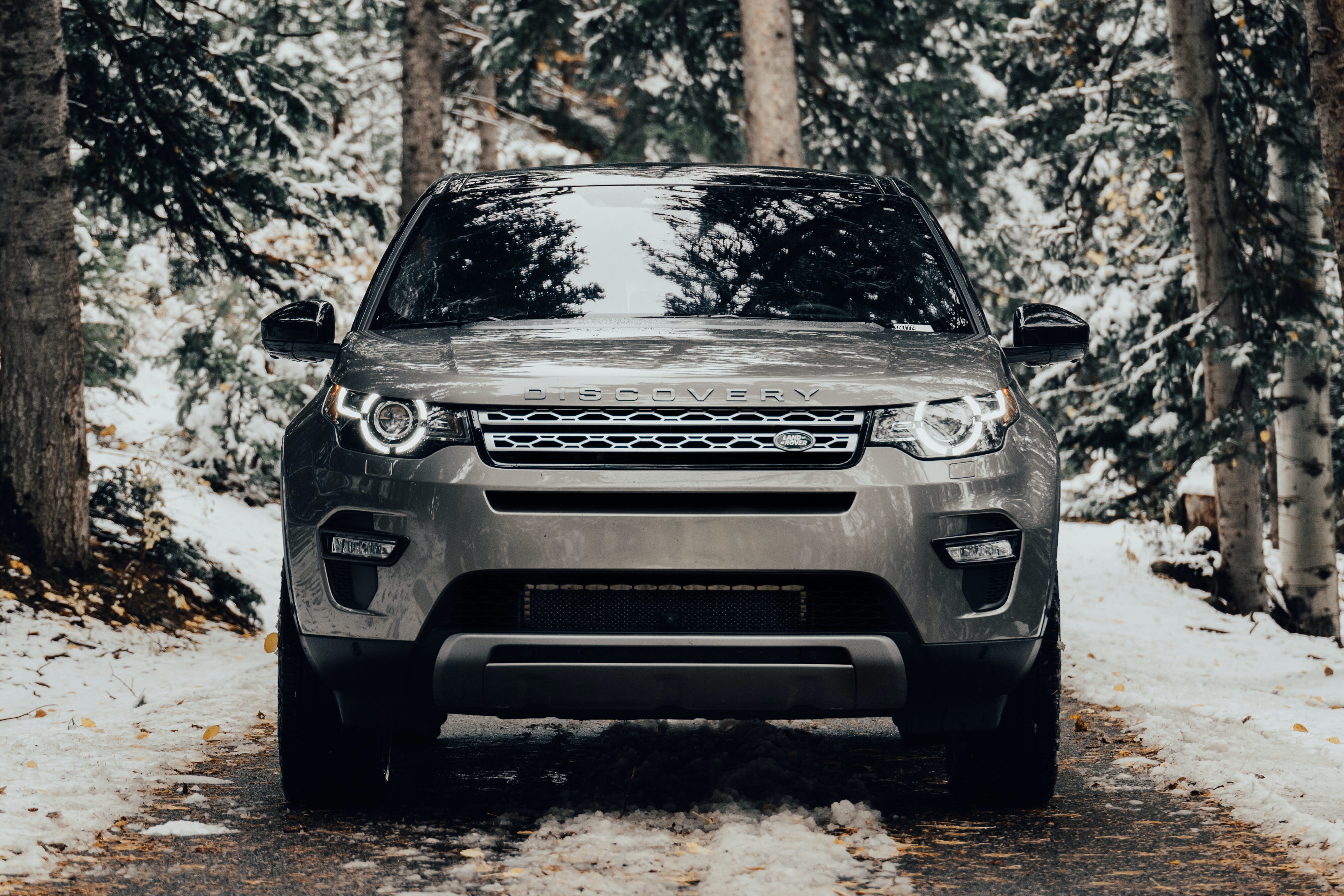

Input your search keywords and press Enter.
Thinking of purchasing a new car but don’t have enough money saved up to buy one outright? An auto insurance loan may be a good option for you. Whether it’s getting a brand new car or buying one that’s used, with the right auto loan, you’ll be able to buy a car that’s perfect for you without breaking the bank. Here’s how to go about the process.
New and used cars usually have different loan rates, so first figure out whether you would like to buy a new or a used car. Although interest rates for new cars are lower than that for older cars, your overall loan payment is likely to be lower for a used car.
Figuring out your budget is important before you start approaching lenders. Ideally, you shouldn’t spend over 15% of your net pay on your monthly car loan payment.
Your credit score has a big role to play in how much interest the lender is likely to charge you. Having a high credit score will get you a more affordable loan, and vice versa. So, check your credit score before you submit your car loan application.
Now that you know what your budget is and where you stand in terms of your credit rating, you can start researching car loans. Ideally, you’ll want to check the loans offered by credit unions, traditional banks, and online lenders. Make sure to check the features and benefits of these loans against the quoted rate of interest.
Once you shortlist a few loans with good terms, you can apply for pre-approval. This is when the lender checks your credit history and lets you know how much you can borrow and at what rate. Typically, you’ll get a pre-authorization letter once this is done.
Now comes the fun part – vehicle shopping! Start visiting dealerships, car lots, or contacting private sellers and zero-in on a car that’s well-suited to your budget and needs.
Once you decide which car you’d like to buy, you can go ahead and complete the application. This is also a good time for you to check if the dealership is willing to offer you a better rate than the rate that’s been offered to you by the bank.